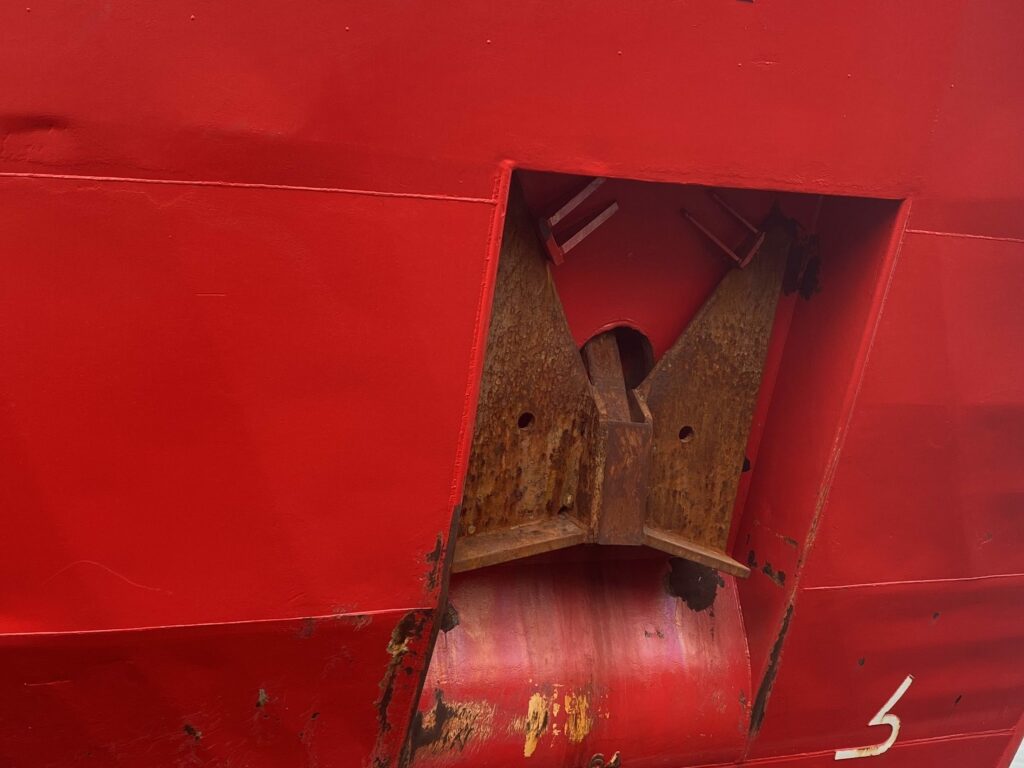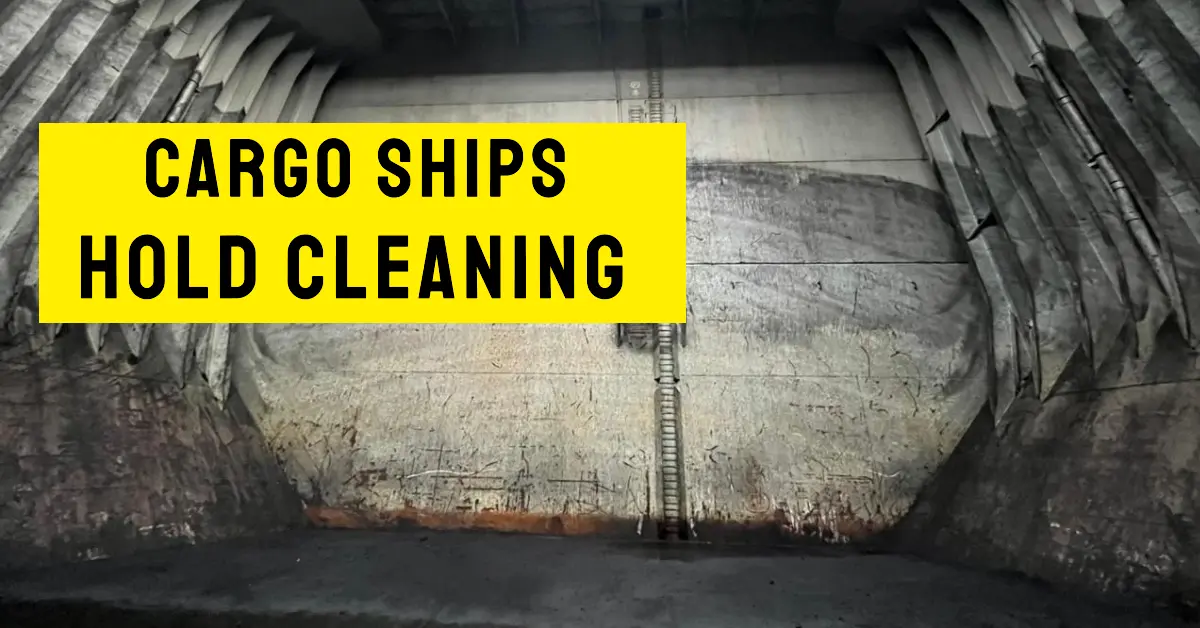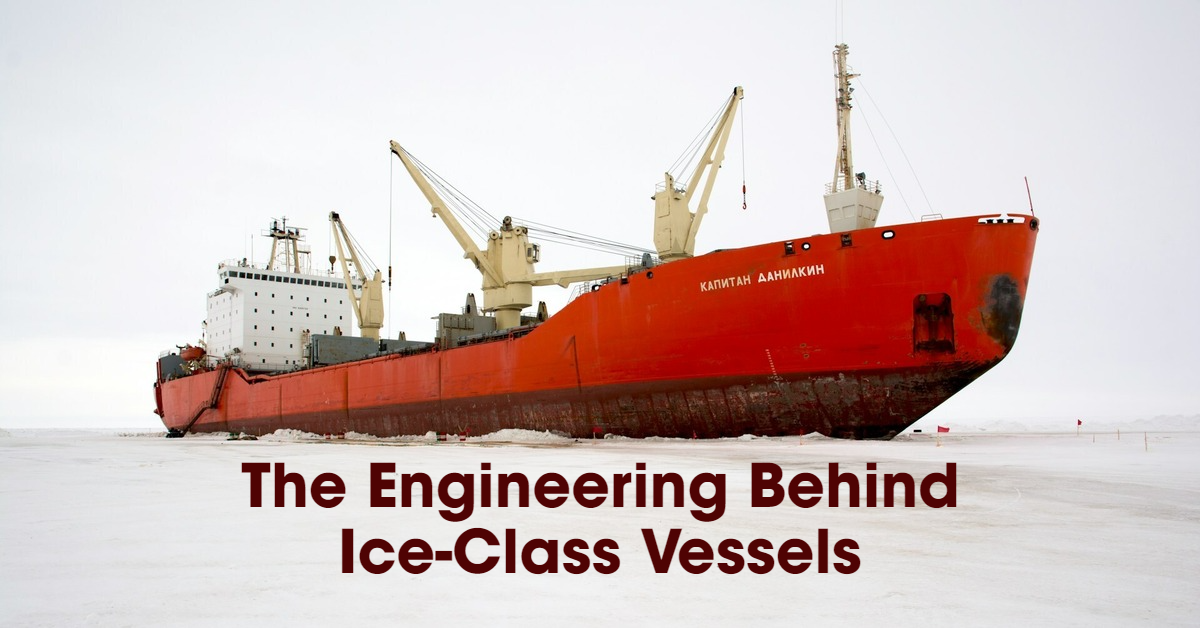Ship anchoring is one of the ship’s critical operations. This is being performed either in shallow or deep water.
Anchoring in deep water basically means dropping the anchor at a water depth of more than 50 meters. The recommended maximum water depth for anchorage is about 110meters.
Ship anchorage is an important part of the vessel’s operation. This is done for the purpose of bunkering, taking in stores and provisions, waiting for berthing schedule, or taking refuge during a storm.
Anchoring In Deep Water
At some point in the journey, a vessel may need to look for an Anchorage area to drop anchor for bunkering. An ideal place like Singapore, because of its location and convenience for all parties concerned, has become a bunkering hub. Anchorage are are assigned to accommodate vessels coming from the east or west.
As the ship approaches a particular waypoint, vessel traffic services are contacted by the ship to confirm the anchorage position. Vessel preparation is being done to make sure the operation is safe and complete. A pilot may be hired or the Master can maneuver the vessel to the assigned location.
The Captain maneuvers the vessel to anchorage position facing the wind and current. The forward team headed by the Chief officer prepares both anchors, port, and starboard. The ship’s speed is substantially reduced to less than one knot or about the same rate as the Anchor Windlass walk-back capacity.
When the vessel has almost zero forward motion, the anchor is walked out under power until it is just about three to four meters underwater. Master reverses the ship to astern propulsion and then the anchor is let go. Chief mate observes anchor chain movement and direction of lay.
How Deep Can The Ship Anchor?
In shallow waters and depths less than 25 meters, the standard practice is letting the anchor pass thru the hawse pipe or one meter above the water by releasing the brake.
For a depth of water 25 to 50 meters, the anchor is released from about 5 meters above the sea bottom with the use of anchor windlass. After reaching the appropriate depth, let the anchor go by releasing the brake.
For depths more than 50 meters, release the anchor and the chain with the windlass until the anchor chain walks out to the required length. However, if the depth of water is beyond 80 meters, the anchor must not be dropped as the maximum anchor depth for most vessels is designed to the rule of 82 meters.
The length of the cable should be released depending on factors such as water depth, drafts, windage area, the strength of wind and current, and anchorage congestion including traffic of small and pleasure crafts.

Anchor Watch Duties On Ship
A ship can be at the anchorage area for a day or as long as a few months. This would depend on berthing port availability, cargo availability, or supplies/stores replenishment. At times, a vessel can be at anchor while waiting for the next port and cargo assignment.
To make sure the vessel is maintained in upkeep condition and ready for any operation, the crew performs duty whilst at anchor. The bridge team, deck crew, engine room team, and catering department are assigned duties to keep the vessel and crew ready and in good condition. The safety and security of the ship are of utmost importance.
The bridge team which consists of the officer of the watch, an able seaman, and a deck cadet performs duty on the bridge. The OOW regularly checks the position of the vessel, noting any anchor dragging if any, and observes other targets in the vicinity that may pose a threat to the ship. If an anchor is dragging, the Master advises the engine room team to maneuver the ship.
The able seaman man’s the wheel if there’s a need to reposition the vessel due to anchor dragging. Together with the cadet, they also monitor all ballast tanks by sounding as well as checking the actual position and movement of the anchor at the forecastle deck.
The deck crew, headed by the Bosun and managed by the Chief officer, performs maintenance works on the main deck. They are also part of the forward team that is responsible for retrieving back the anchor. In case the vessel is anchored near a piracy-prone area, the deck crew is the main security on deck.
The engine room team performs watch duties in the control room of the Engine. The chief engineer ensures that generators are always working. At the advice of the bridge, the engine team should be able to have the main engine o standby and ready for maneuvering. Other engineers perform daily tasks and maintenance on auxiliary machines as well as the upkeep of the main engine.
The catering department on the other hand continues their work similar to when the vessel is at sea. However, if at times that ship may stay longer than expected at anchorage, provisions must be monitored and checked to make sure they can last during the entire stay of the vessel.
Safety Precautions While Anchoring
One cannot be complacent, that while the ship is at anchor, there is no danger anymore. Some collisions of ships happen during anchoring including incidents like anchor dragging, grounding, etc. Hence it is imperative that procedures must be done to avoid untoward incidents.
The position of the ship is always checked as well as the movement of targets in the vicinity. Communication must at all times be established between shore and ship for immediate response in case an incident occurs. VHF, Inm-C, and AIS equipment are put on standby for the correct channel and frequency so that the bridge team would have situational awareness.
The safety and security of the vessel must be maintained at all times. All possible entry points of the ship must be always manned and checked to avoid entry by unauthorized persons. This includes gangways, combination ladders, draft ladders, and the anchor chain as well. The hawse pipe must be secured as this could be used as an entry point to the ship.
The deck crew must always be aware of anything that could pollute the environment. As maintenance is performed on deck, scuppers plugs must be properly installed to avoid overflow of materials on the side of the ship. Fuel tanks must also be checked and sounded to prevent oil spills and contaminating the water.
- Comprehensive Guide to Hold Cleaning for Cargo Ships: Ensuring Maritime Safety and Efficiency – October 19, 2024
- Responsibilities of a Fourth Engineer on Cargo Ships – September 10, 2024
- The Role of Cargo Ships in Global Trade – August 22, 2024




